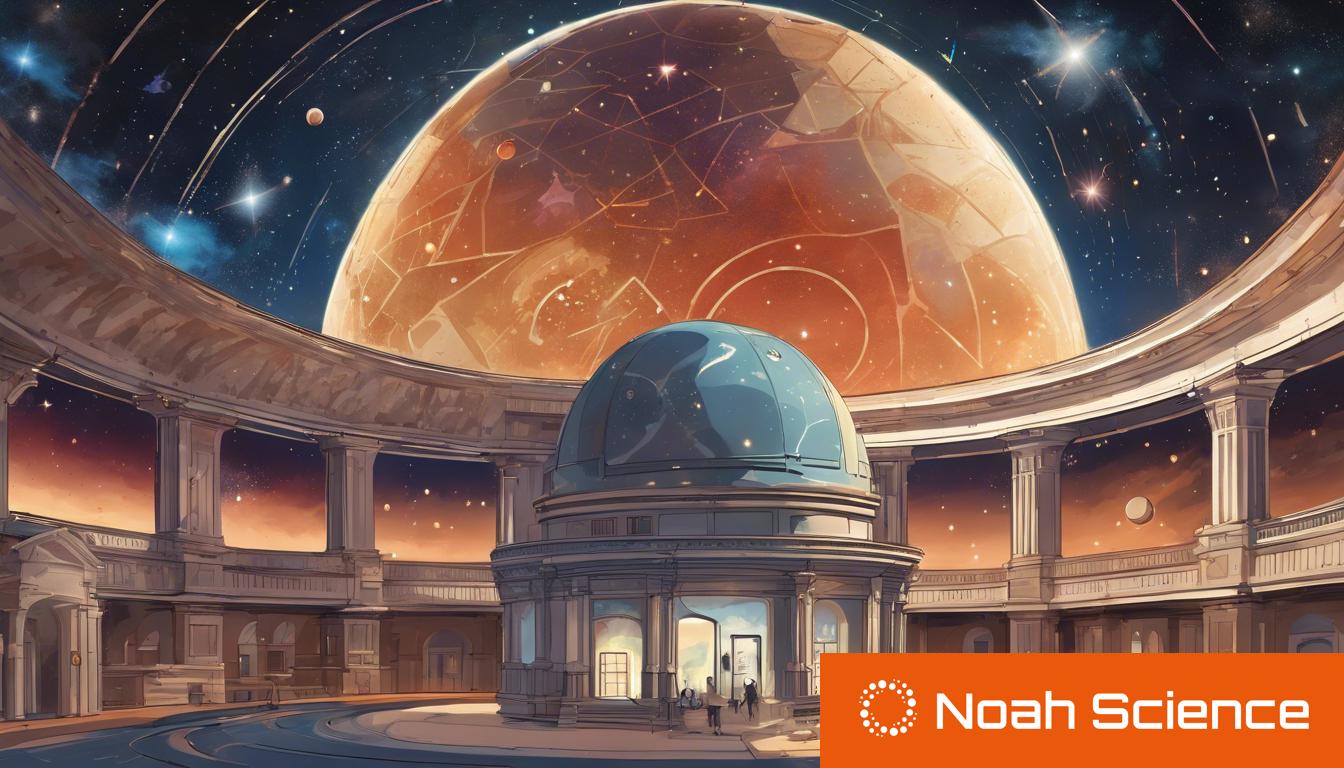Dr Christian Ginski of the University of Galway contributes to groundbreaking space research, unveiling new insights into planetary formation with the help of the Very Large Telescope.
A University of Galway lecturer, Dr Christian Ginski, has significantly contributed to pioneering space research that offers fresh insights into how planets are formed. Utilizing the European Southern Observatory’s Very Large Telescope located in Chile, Dr Ginski, along with an international team of astronomers, captured detailed images of more than 80 young stars surrounded by dust and gas discs, which are the environments where planets begin to form. This work has been published across three papers in the journal Astronomy & Astrophysics, marking it as one of the most extensive surveys of its kind.
The research conducted by Dr Ginski and his team centers on understanding the varied architectures of planetary systems that orbit stars beyond our own sun. With over 5,000 such planets already identified, the study aims to delve into the origins of these systems’ diversity.
The observations made possible by sophisticated technology like the Spectro-Polarimetric High-contrast Exoplanet Research (SPHERE) instrument have uncovered new details about planet formation. These include the influence of companion stars on the creation of large planet-forming discs and the intricate structures within these discs.
Focusing their efforts on star-forming regions within the Milky Way galaxy, such as Taurus, Chamaeleon I, and Orion, the team has provided valuable insights into the various environments where planets come into existence. This research is considered a crucial step in linking different types of planets to their birthplaces, significantly advancing our understanding of the early stages of planet formation and the evolution of planetary systems in the universe.













